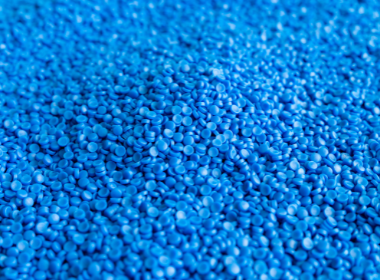 Globally, after the packaging industry, the construction industry is the largest market for the use of construction polymers. It accounts for ~ 20% of the world’s polymer production, unveils a new research study. In Europe, ~ they use 10 million tonnes of plastics every year, i.e. ~ 20% of total European polymer consumption.
Globally, after the packaging industry, the construction industry is the largest market for the use of construction polymers. It accounts for ~ 20% of the world’s polymer production, unveils a new research study. In Europe, ~ they use 10 million tonnes of plastics every year, i.e. ~ 20% of total European polymer consumption.
This report has analyzed the range of products used as polymers. Of these, polyvinyl chloride holds the largest share in the market. Moreover, approximately 60% of the global PVC (Polyvinyl Chloride) production consumption takes place in the construction industry.
Widespread Benefits of Polymers to Spur the Consumption Rate
As per research, construction polymers have become a key material in new and modern building constructions. These polymers have significant benefits such as lightweight, strong plasticity, and high cost-performance ratios. Due to that, there has been tremendous increase in the consumption of polymers in the global construction industry every year.
Key factors that are driving the demand for construction polymers include the durability of such polymers for applications in window frames and pipes, extending their life in underground cables for 50 years. Polymers are good insulators and effective in hot and cold conditions, prevents energy leakage, and allows to save energy of households. Apart from these advantages, several factors have boosted the growth of the construction polymers market. These factors are things such as cost efficiency, sustainability, easy to install, and low maintenance.
Green Buildings to Open New Doorways in the Upcoming Decade
There is a push on construction materials, chemicals, and energy industries to transform and upgrade them. This comes as governments continue to promote eco-friendly buildings. Recycling of materials, energy consumption, heat loss of buildings, impact on qualities of water and air, etc. are imperative when taking care of while producing bio-based construction polymers. Green buildings not only include the impact caused by construction polymers. They are also the method of processing to ensure the stability and strength of materials during production.
As per study, observations show that polymers are moving towards high efficiency and eco-friendliness. But the new range of products still lacks high-tech and eco-friendly factors. Players have to pay attention to technological advancements. They also have to pay attention to production efficiency, safety, and eco-friendliness in order to increase their share in the construction polymers market.
Key players in construction polymers market, including BASF and SIBUR signed an agreement on May 30th, 2019, announcing their collaboration to develop new polymer advancements at SIBUR’s PolyLab R&D Center located in Moscow. Furthermore, many collaborations have been witnessed between bigger companies for new innovative solutions in the construction polymers market. For instance, on June 4, 2019, SIBUR and Norner signed an agreement. The agreement is for the groups to cooperate in innovative developments and polymer recycling at SIBUR’s PolyLab. Similarly, on May 30, 2019, SIBUR and 3M had signed an agreement for the development in the untapped areas of the construction polymers market.
Rapid Urbanization to Sustain High Demand in Asian Countries
According to research, the market is likely to witness a CAGR of ~ 6.5% during the forecast period in terms of value. These polymers will sustain high demand for a range of products such as plastic pipes, doors and windows, insulation materials, polymer waterproof materials and other construction polymer-based products, finds the report.
According to the report, due to rapid urbanization, South Asia is gaining momentum in the construction industry. It is also likely to contribute as world’s third-largest construction market till 2025. And as per research, ~ 11.5 million new constructions are going to be built every year. This will pave the way for worthwhile opportunities for construction polymers market in Asian countries.














